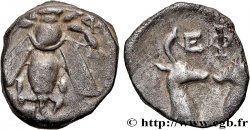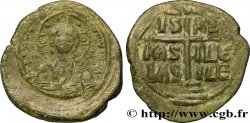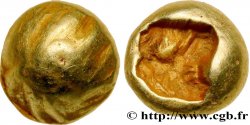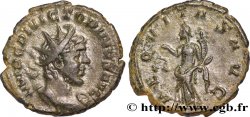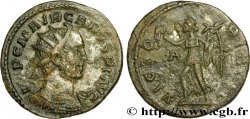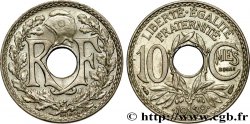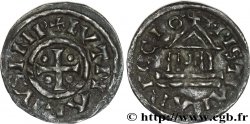MONNAIES 55 (2012)
Starting price : 480.00 €
Estimate : 750.00 €
unsold lot
Starting price : 480.00 €
Estimate : 750.00 €
unsold lot
Type : Tétradrachme
Date: c. 340-325 AC.
Mint name / Town : Ionie, Éphèse
Metal : silver
Diameter : 24,5 mm
Orientation dies : 12 h.
Weight : 14,98 g.
Rarity : R2
Emission: classe I
Coments on the condition:
Exemplaire sur un flan bien centré des deux côtés à l’usure régulière. Très beau droit. Revers bien lisible. Recouvert d’une fine patine grise avec des reflets métalliques dorés
Predigree :
Cet exemplaire provient de MONNAIES 43, n° 183
Obverse
Obverse description : Abeille vue de dessus.
Obverse legend : E-F
Obverse translation : (Éphèse).
Reverse
Reverse description : Protomé de cerf à droite, agenouillé, tournant la tête à gauche ; dans le champ à gauche, un palmier.
Reverse legend : PITQEUOS
Reverse translation : (Pittheuos).
Commentary
C’est le seul exemplaire signalé avec ce nom de magistrat monétaire (Pittheuos). Mais il existe une autre forme du nom (Pittheos). Notre tétradrachme appartient à l’une des dernières émissions de la cité. Notre magistrat n’est connu que par le coin de droit 144.
This is the only example reported with this name of monetary magistrate (Pittheuos). But there is another form of the name (Pittheos). Our tetradrachm belongs to one of the last issues of the city. Our magistrate is known only from the obverse die 144
This is the only example reported with this name of monetary magistrate (Pittheuos). But there is another form of the name (Pittheos). Our tetradrachm belongs to one of the last issues of the city. Our magistrate is known only from the obverse die 144








 Report a mistake
Report a mistake Print the page
Print the page Share my selection
Share my selection Ask a question
Ask a question Consign / sell
Consign / sell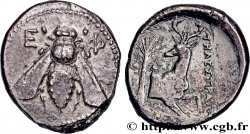
 Full data
Full data